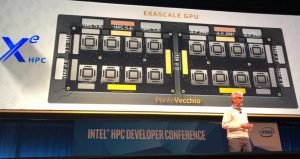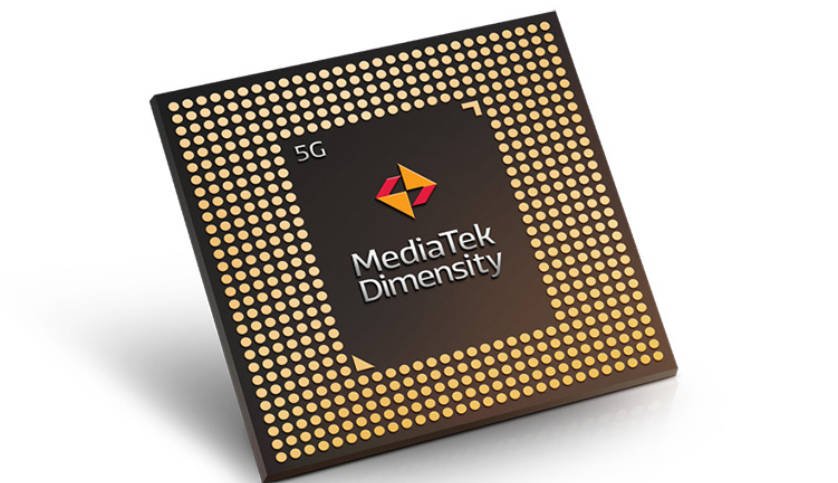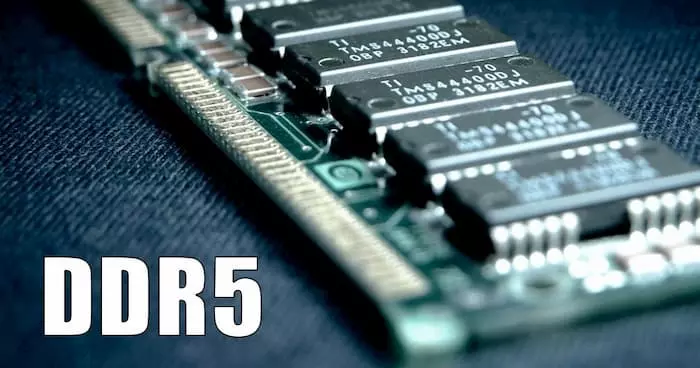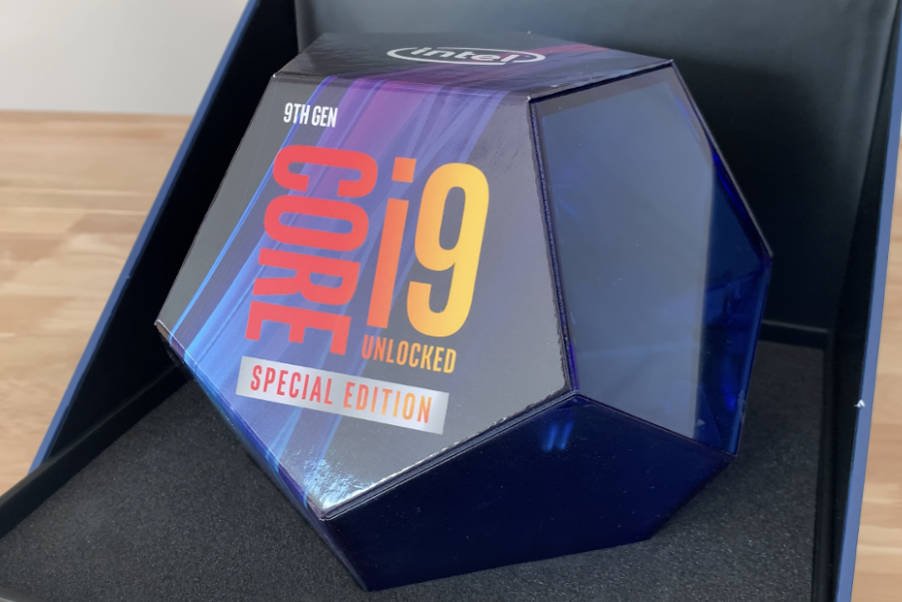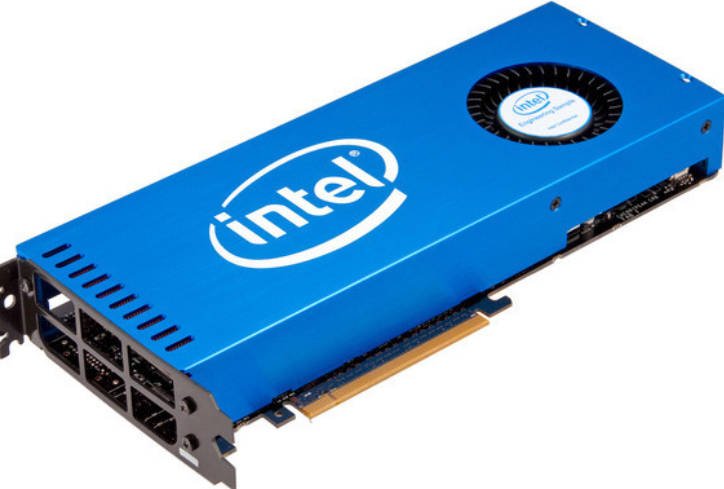
Next year Intel plans to release Ponte Vecchio graphics accelerators aimed at the segment of resource-intensive computing. For the production of new GPUs, the 7-nm process technology will be used, and their distinguishing features include the 3D layout of Foveros, the presence of a huge cache and the work with multi-layer HBM memory via silicon EMIB bridges (Embedded Multi-Die Interconnect Bridge).

According to the web resource AdoredTV, in the bowels of Intel laboratories, work is underway on yet another outstanding graphic solution. The source claims that the Arctic Sound GPUs, which are expected to be released next year, will be a multi-chip assembly: four crystals with an area of 150 mm², manufactured according to improved 10-nm standards (10 nm ++), and HBM2E memory chips are combined on a single PCB.
